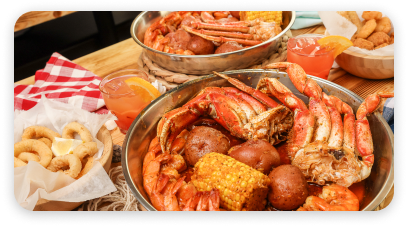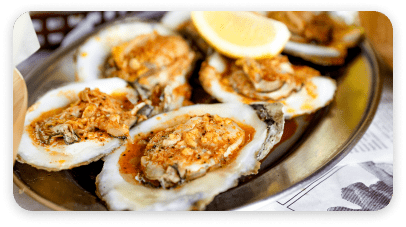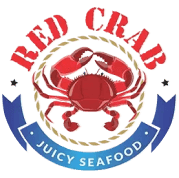Our menu
At Red Crab, we bring the bold, mouthwatering flavors forged in the heat of the South straight to your table. Our signature spices and seasonings create a seafood boil experience that’s unforgettable.
Our founders, passionate seafood boil enthusiasts, set out to craft the best flavor for the dish they loved. After experimenting with spices and seasonings from around the globe, they perfected the unique blend that defines Red Crab. Proudly bringing the heat with our signature sauce, we promise you will “Crave the Boil!”
step 1
Pick your catch
- BLUE CRAB
- LOBSTER TAIL
- SNOW CRAB LEGS
- SHRIMP (HEAD-OFF)
- SHRIMP (HEAD-ON)
- CRAWFISH
- CLAMS
- GREEN MUSSELS
- BLACK MUSSELS
- KING CRAB LEGS
DUNGENESS
step 2
Throw in the sauce
- CAJUN
- LEMON PEPPER
- GARLIC BUTTER
- JUICY SPECIAL (ALL OF THE ABOVE)
step 3
Let's get spicy
- NO SPICE
- MILD
- MEDIUM
- HOT
- EXTRA HOT
step 1
Pick your catch
BLUE CRAB
LOBSTER TAIL
SNOW CRAB LEGS
SHRIMP (HEAD-OFF)
SHRIMP (HEAD-ON)
CRAWFISH
CLAMS
GREEN MUSSELS
BLACK MUSSELS
KING CRAB LEGS
DUNGENESS
step 2
Throw in the sauce
CAJUN
LEMON PEPPER
GARLIC BUTTER
JUICY SPECIAL
(ALL OF THE ABOVE)
step 3
Let's get spicy
NO SPICE
MILD
MEDIUM
HOT
EXTRA HOT
seafood boils
Order By The Half Pound Or Full Pound!
(Minimum One Pound)
- Blue crab (seasonal)
- Shrimp (no head)
- Snow crab legs
- Crawfish
- Shrimp (Head on)
- Clams
- Green Mussel
- Black Mussel
- Sausage


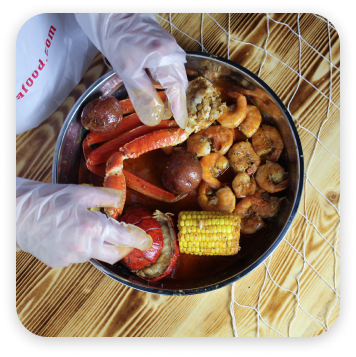
appetizers
Finger Licking Good 🙂
- Hushpuppies
- Fried Cheesestick
- Fried Calamari
- Onion Rings
- Chicken Wings
- Raw Oysters
- Steamed Oysters
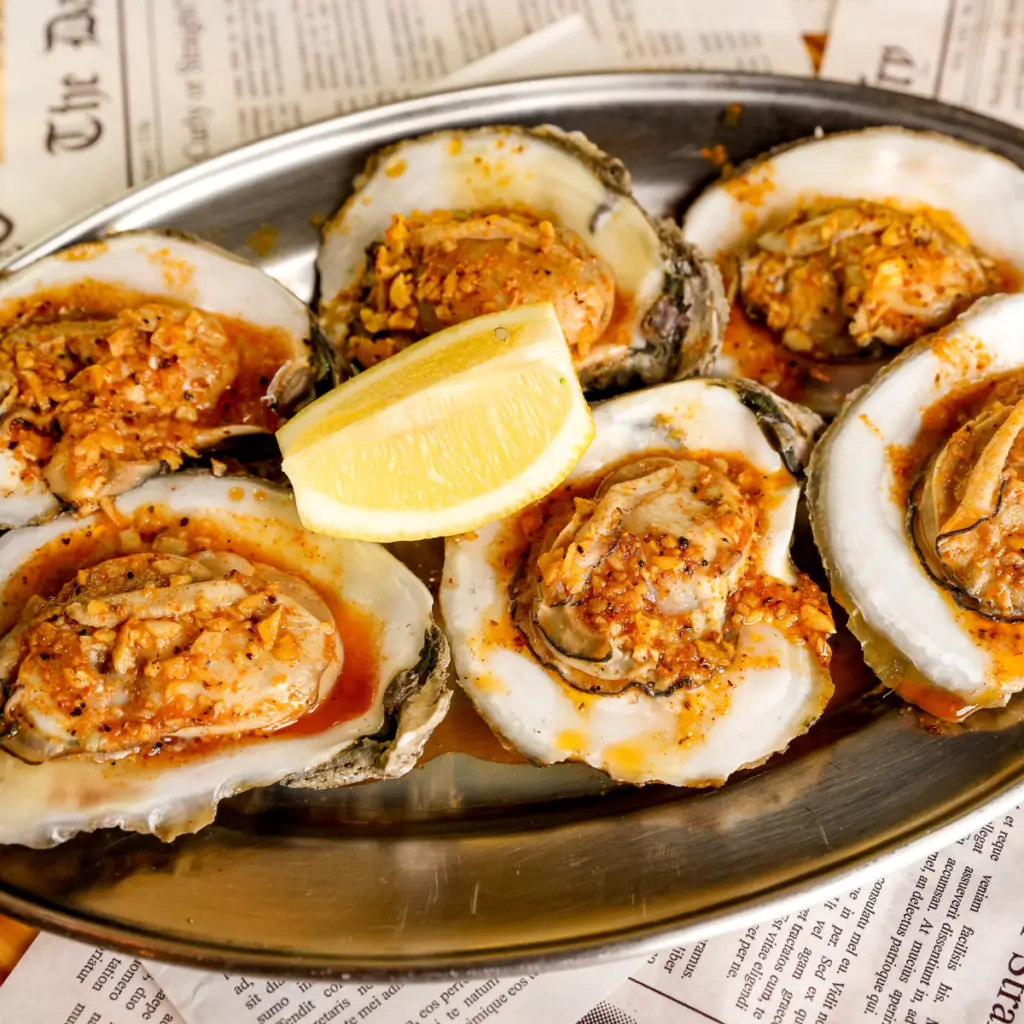
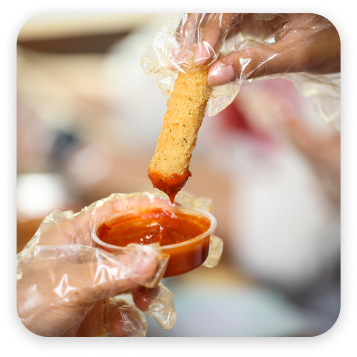

something fried
Crispy Deliciousness
- Fried Shrimp Basket
- Fried Tilapia Basket
- Fried Catfish Basket
- Fried Oyster Basket
- Chicken Tender Basket
- Fried Scallop Basket
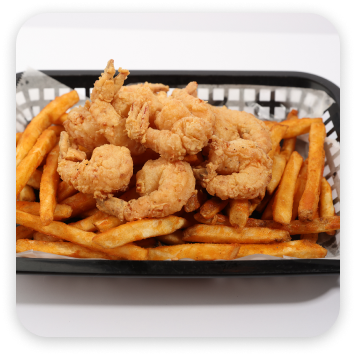
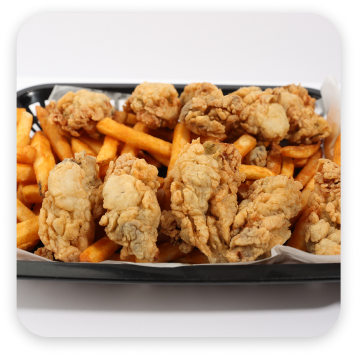

po boys
Louisiana Sandwiches
- Shrimp Po Boy
- Oyster Po Boy
- Softshell Crab Po Boy
- Fried Fish Po Boy
- Chicken Po Boy


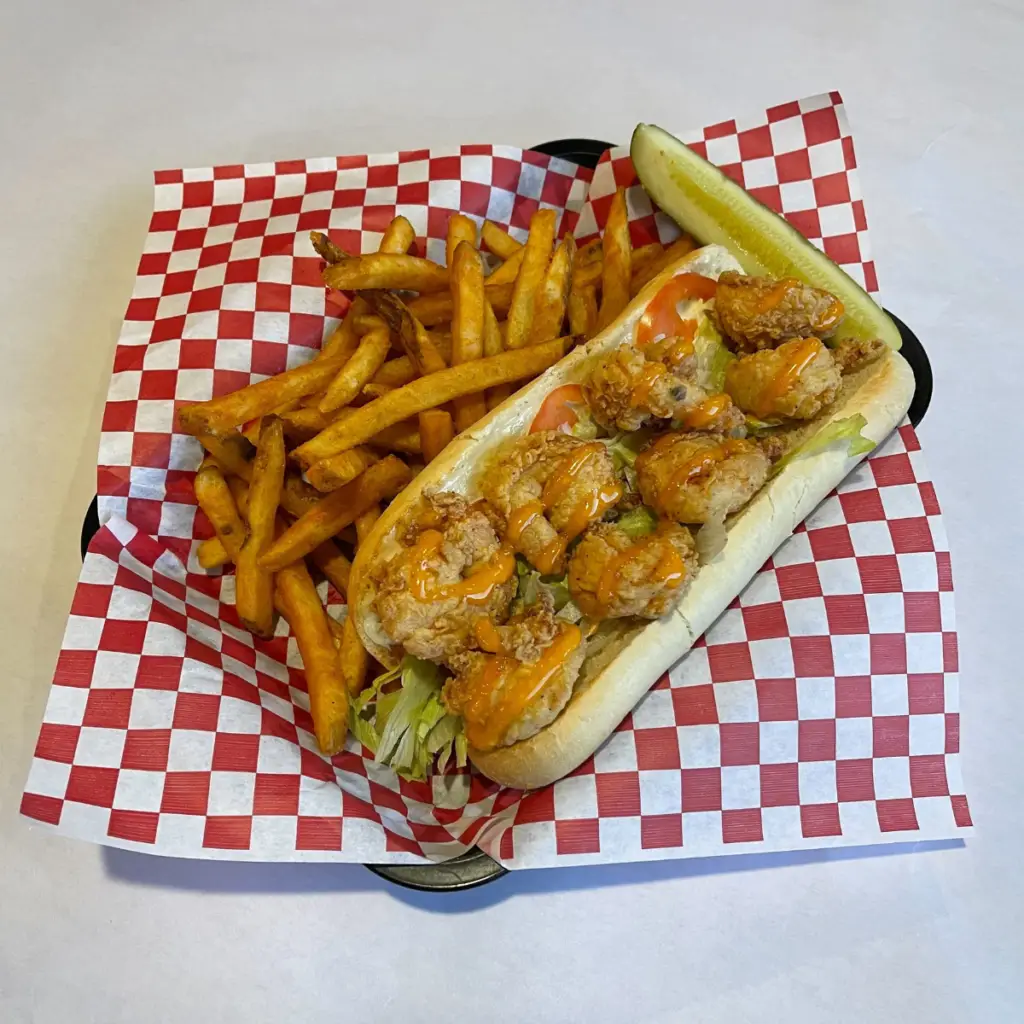
sides
Gotta Have Those Sides
- Corn on the cob
- Potato
- Cajun Fries
- Sweet Potato Fries
- French Fries
- Steamed Rice
- Sausage
- Eggs
- Condiments
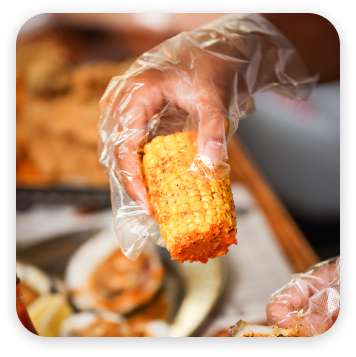


dessert
Sweet Sweet Goodness
- Cheesecake
- Molten Chocolate



beverages
Full Liquor Bar With Daily Bottle Beer, Draught Beer, Spirits And Wine.
Soft drinks
- Bottle Beer
- Draught Beer
- Spirits and Wine
- Coke
- Diet Coke
- Sprite
- Hi-c Fruit Punch
- Hi-c Lemonade
- Fanta Orange
- Sweet Tea
- Unsweet Tea
Soft Drinks
- coke
- diet coke
- sprite
- hi-c fruit punch
- hi-c lemonade
- fanta orange
- sweet tea
- unsweet tea



